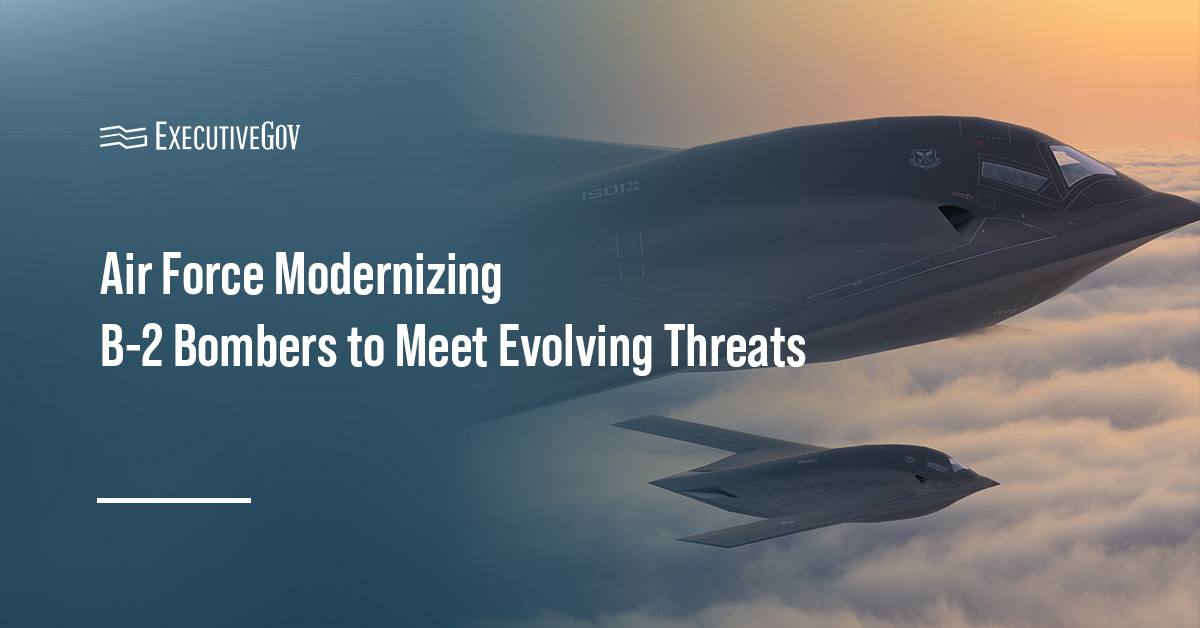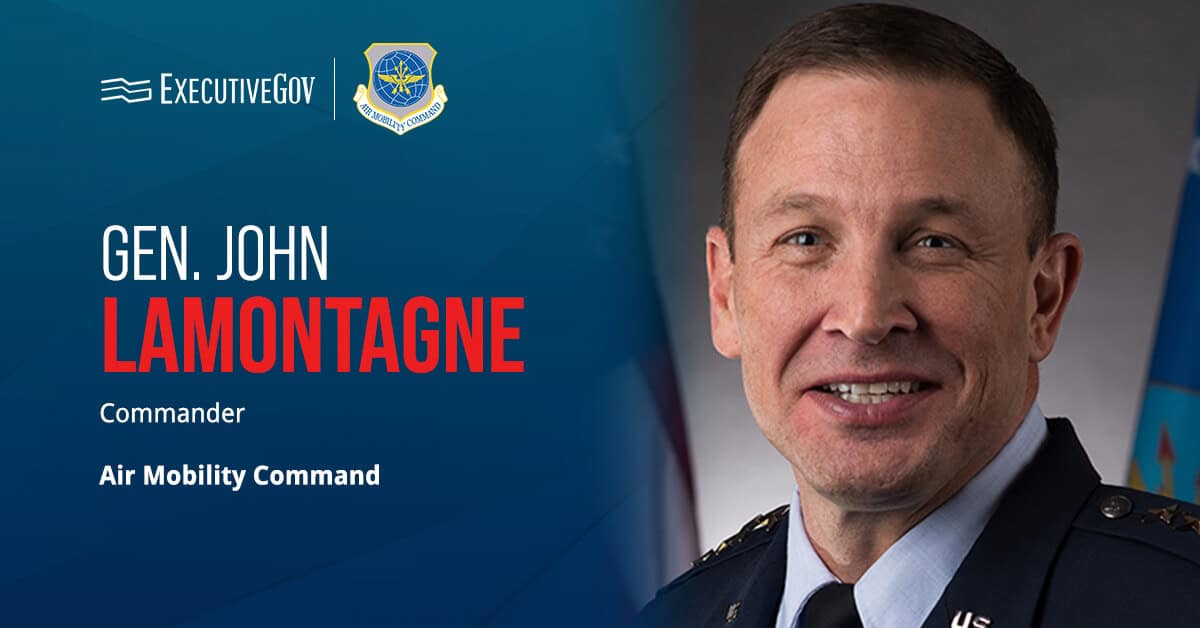The Air Force Life Cycle Management Center is modernizing the B-2A Spirit stealth bomber to ensure that the aircraft, which was designed in the late 1970s and early 1980s, can maintain readiness to defeat targets.
Lt. Col. Benjamin Elton, material leader for the B-2 Integrated Capabilities Branch at the Air Force, said the modernization includes upgrades in the avionics, sensors and communication systems to enhance payload capacity, versatility and capability to defeat emerging threats.
“The B-2 is a strategic asset that provides the U.S. military with unique capability to penetrate heavily defended airspace and deliver precision-guided munitions,” Elton shared.
For the latest updates on contracting opportunities with the U.S. Air Force, attend the Potomac Officers Club’s 2025 Air and Space Summit on July 31!
Table of Contents
Why Modernize B-2 Spirit?
The B-2 flew for the first time in 1987, reached initial operational capacity in 1997 and fought in the Kosovo War in support of Operation Allied Force. More recently, the aircraft traveled from the Whiteman Air Force Base in Missouri to the Middle East to strike Iran’s nuclear sites.
Despite its age, Lt. Col. Robert Allen, materiel leader for the B-2 Advanced Programs Branch, insisted that the B-2 is not a legacy platform. He said it is an operational platform that will be one of the first to conduct a strike “if the flag goes up tomorrow.”
Air Force’s B-2 Fleet Updates
According to the Air Force, to maintain availability to respond to threats, the B-2 System Program Office, or B-2SPO, continuously upgrades the aircraft. Work is divided between two sites: Wright-Patterson AFB in Ohio and Tinker AFB in Oklahoma.
At Tinker AFB, about two to three upgrades are being performed at any given time.
“One of our programs contains over 300-plus software changes to its sustainment software,” revealed Amanda Sieler, deputy program manager for the B-2 Integrated Functional Capabilities Branch.
The upgrades, Allen added, are also improving the transmission time of voice communications and data. The Air Force is also delivering new capabilities that improve the aircraft’s low observable materials, minimizing its radar cross-section signature while enhancing situational awareness.
“We are ensuring the aircraft’s systems sensors are functioning optimally to engage our targets effectively and accurately,” added Col. Francis Marino, program manager for the B-2 system at the Air Force. “We are maintaining readiness by reducing downtime and increasing aircraft availability to rapidly respond to threats and we are prepared to deliver unwavering support to the warfighter through our modernization upgrades to the aircraft.





